
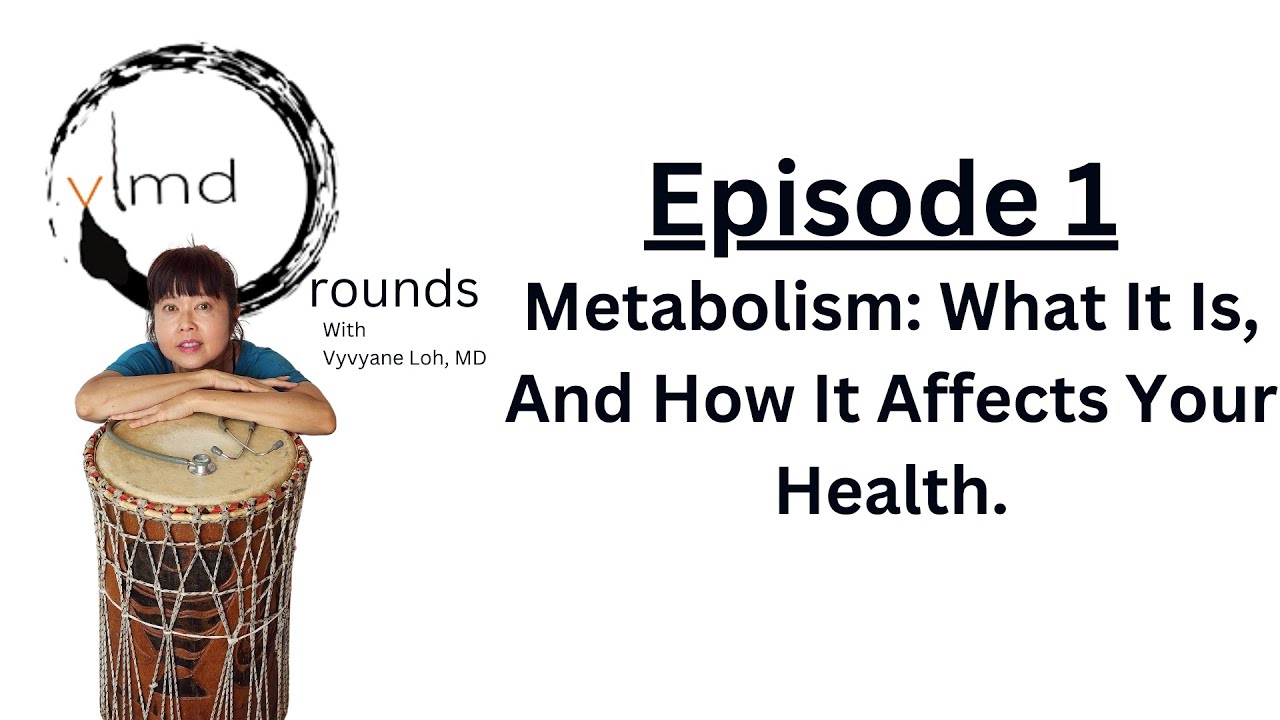
To understand metabolic health we should start with metabolism. What is it, where does it occur, and how does it impact your health? Join Dr. Vyvyane Loh in this..
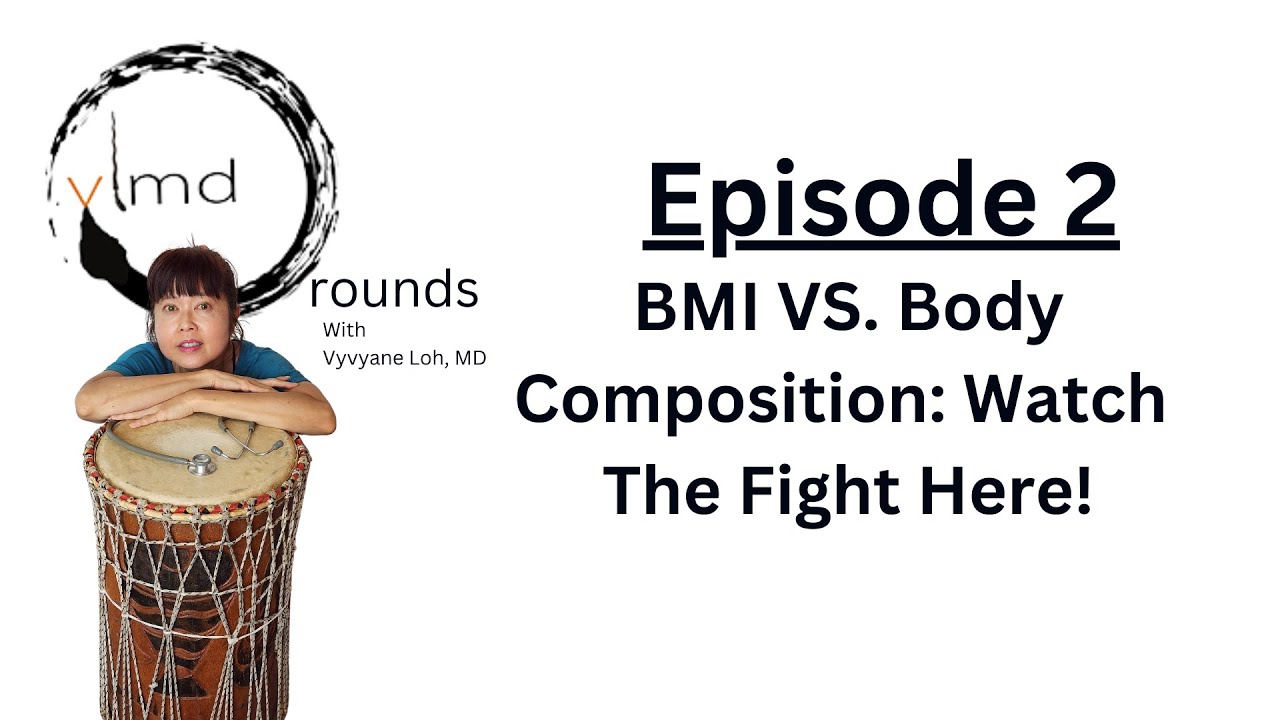
In this episode, Dr. Loh discusses BMI vs body composition and how we can be deceived by the number on the scale.
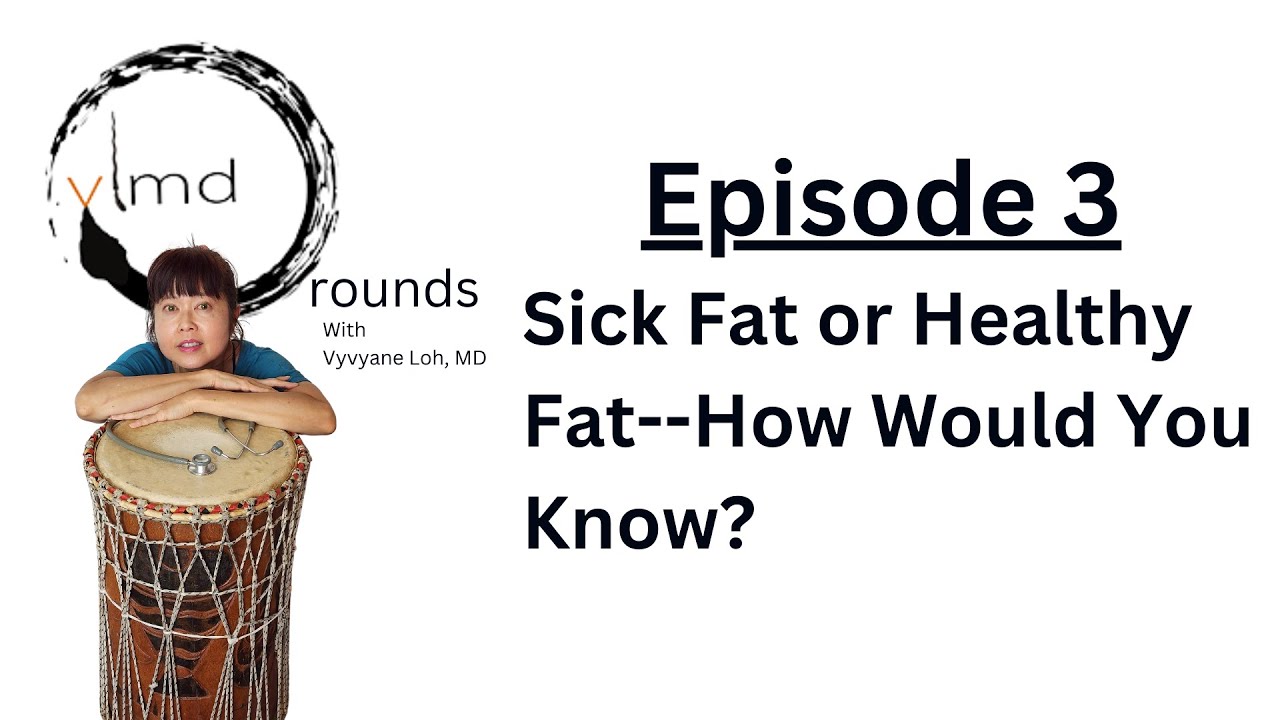
What is sick fat? How do you know if you have it? How does it make you sick? How can you get rid of it? All this here and more in our 3rd episode. If you care…
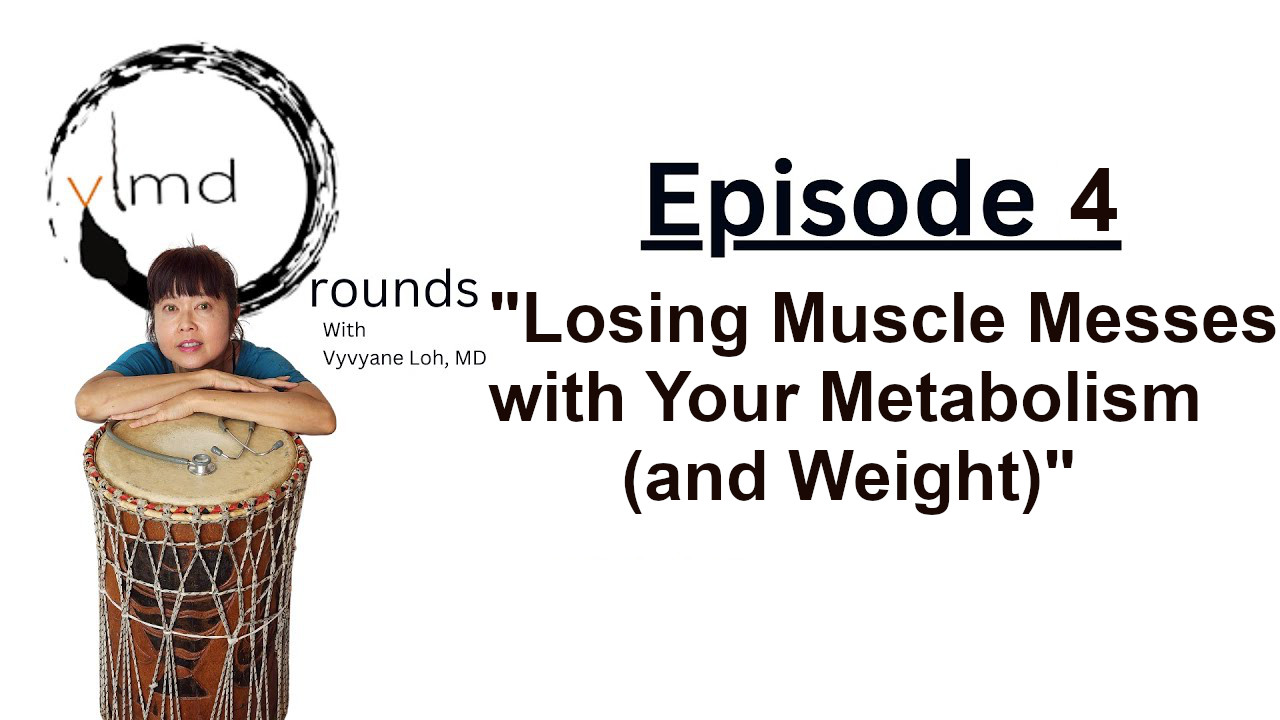
Besides its structural importance, muscle is metabolically active tissue that hugely impacts your health. Find out how losing weight may work against your metabolism and why it may be hard for you to lose weight.
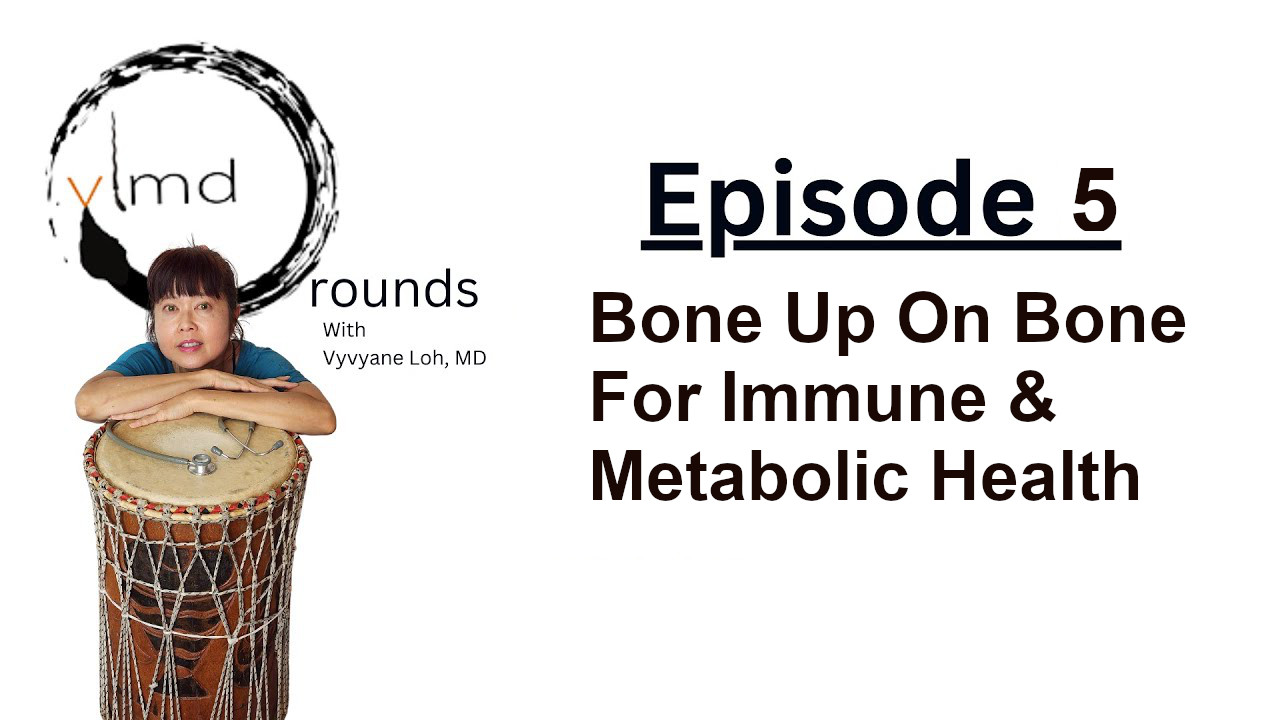
We discuss the structural function of bone and how to improve bond mass and quality through nutrition. In addition, we talk about the immune and hormonal functions of bone. Learn how bone can help you with stress!
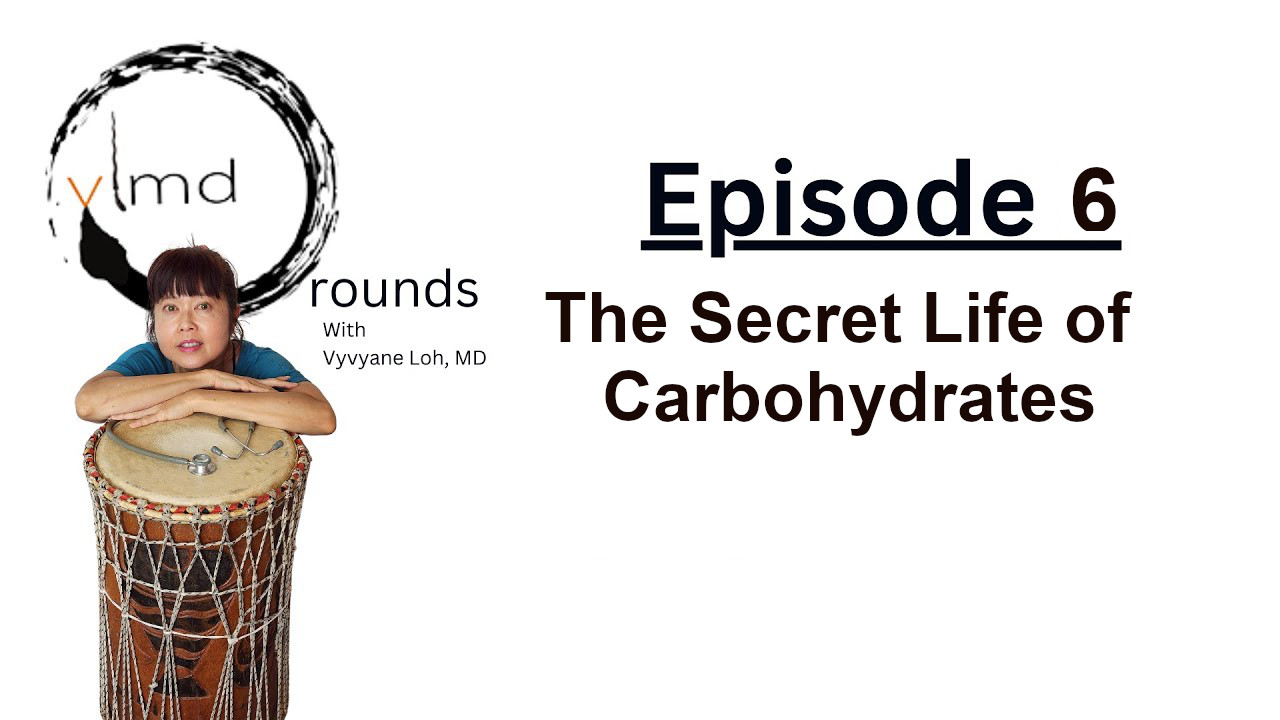
Think you know carbs? Here’s a complete introduction to the world of carbohydrates. Which carbs are food sources? What types of dietary fibres are there and how do they impact your health? Can eating too much fibre increase your risk of liver cancer? Find out on episode 6 of vlmd rounds.
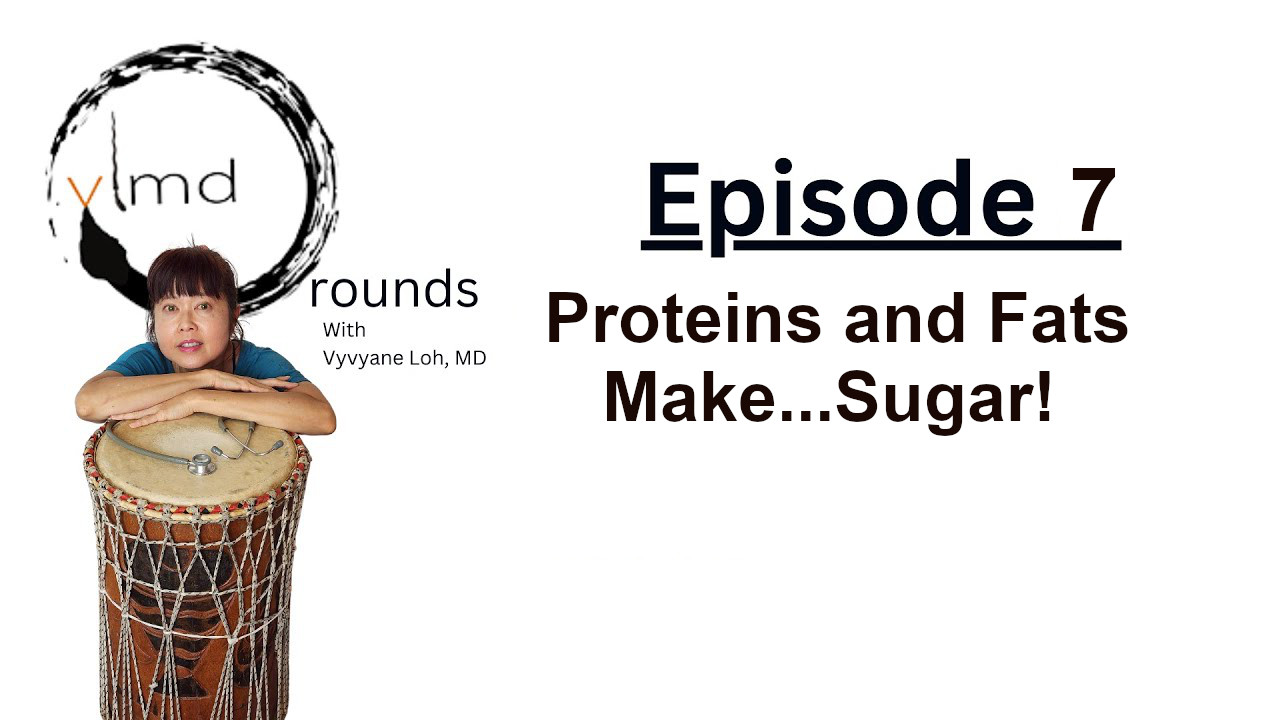
This episode focuses on hypoglycemia and how your body regulates low blood sugar by making its own glucose. We’ll also learn about the hormonal regulation of low blood sugar in your body.
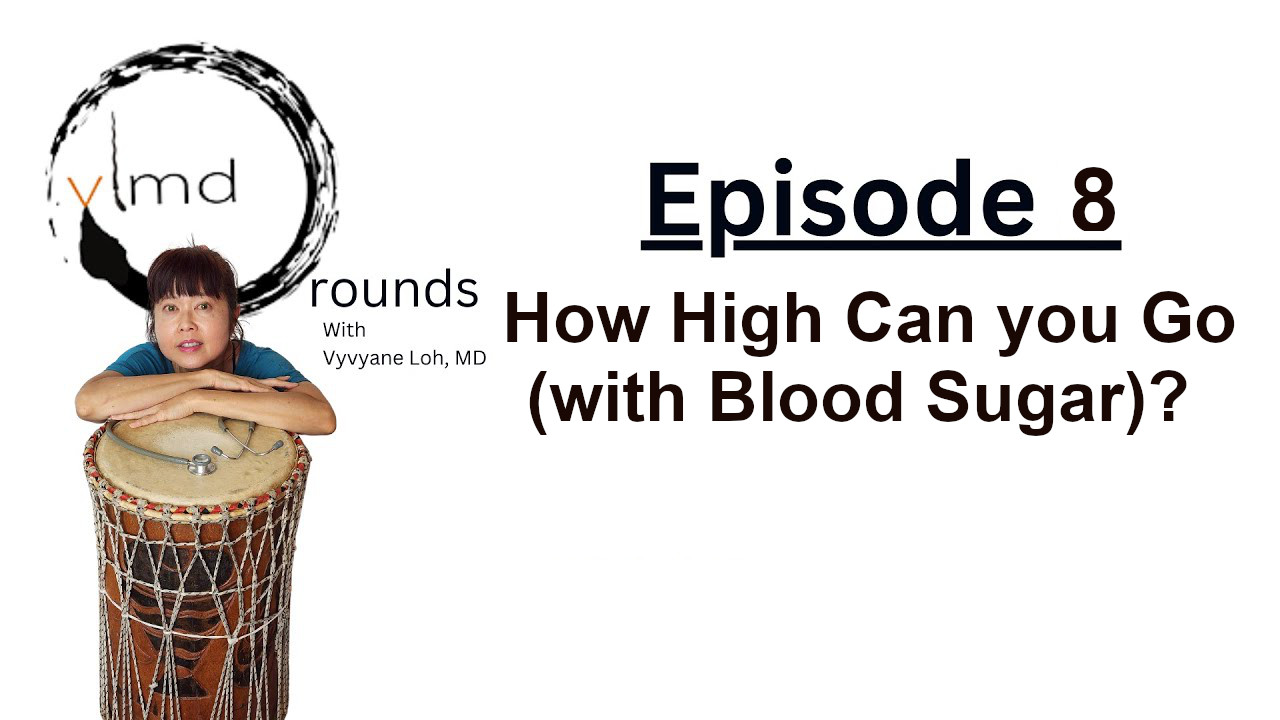
Learn about hyperglycemia and how it damages your body. We’ll also discuss how your body regulates high blood sugar.
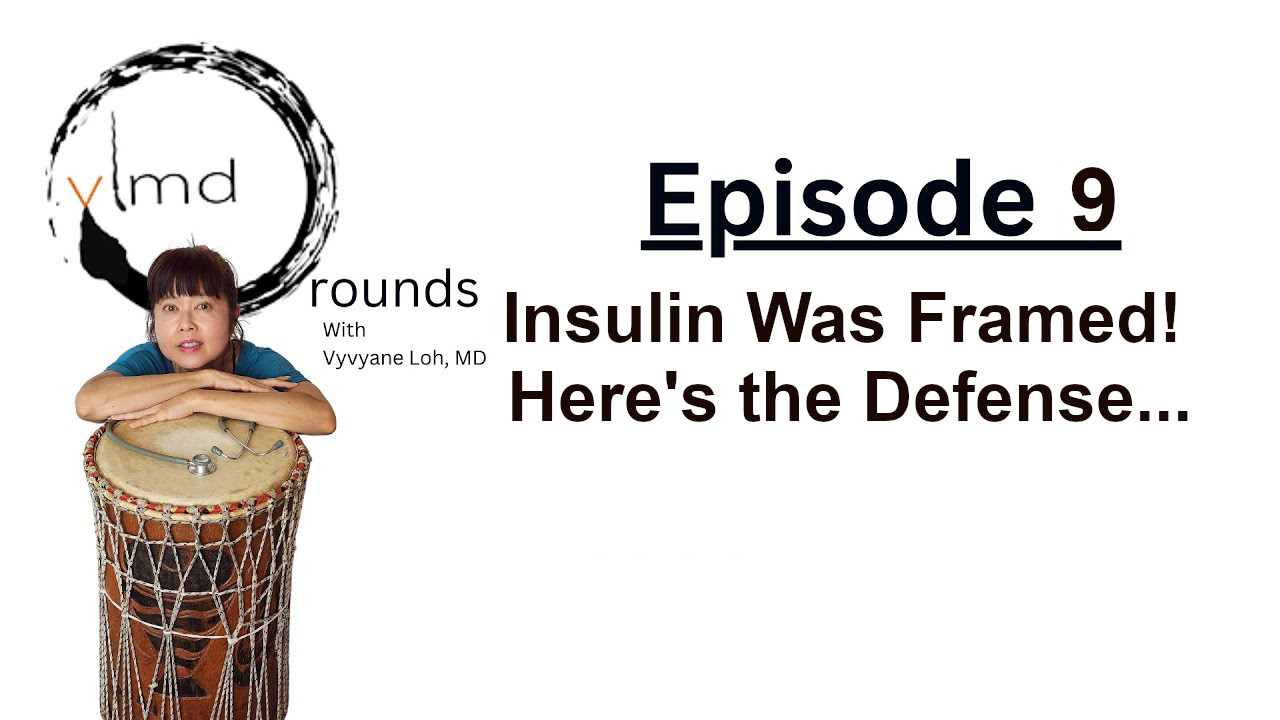
In this episode, we discuss Hyperinsulinemia and Insulin Resistance and how Insulin has been protecting you!
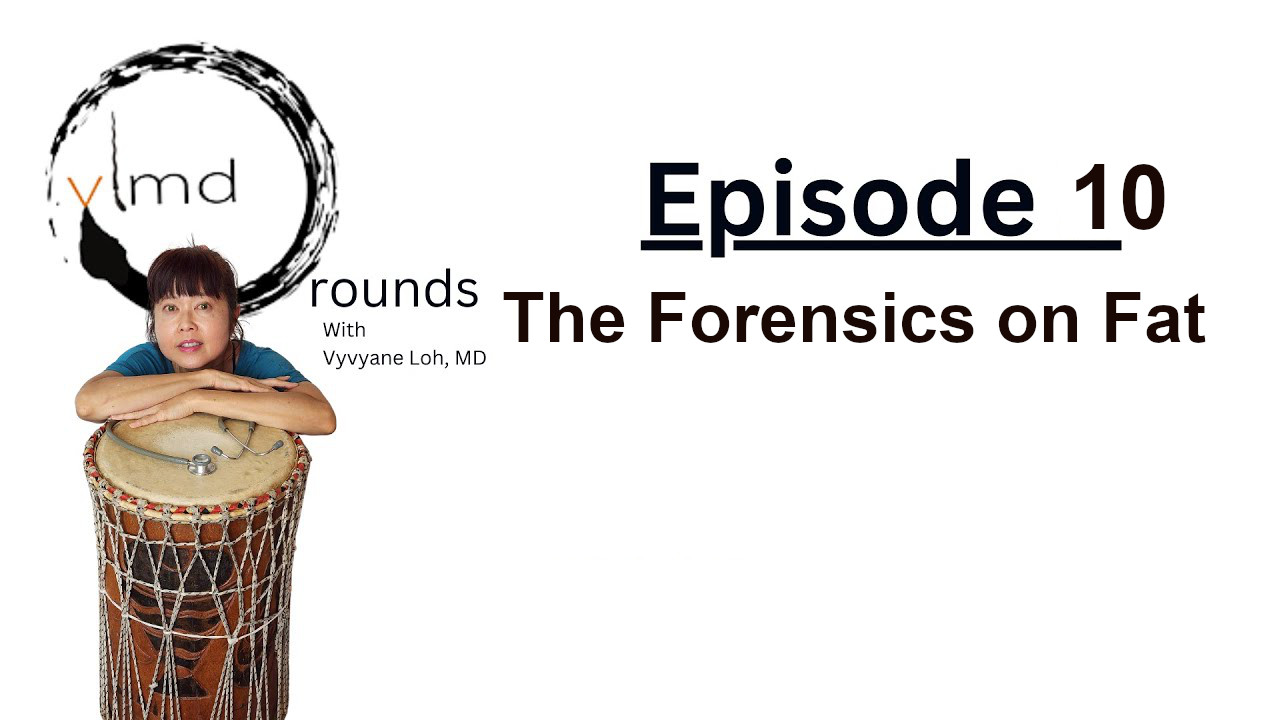
In this episode, we do an investigative dive into dietary fats, their structure, and their importance in our bodies. Think you know Fats? Check this out and see.
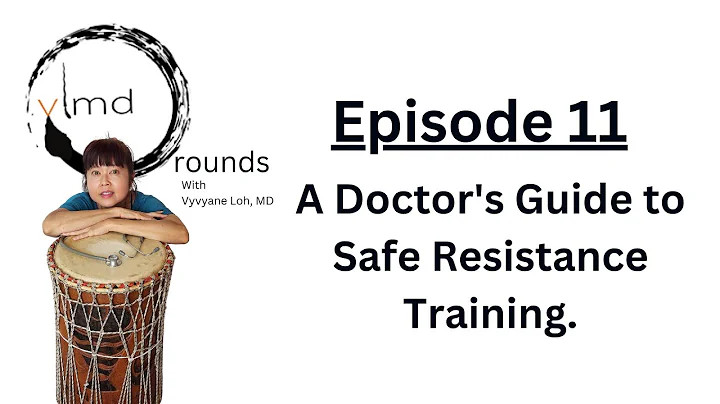
Learn how muscles grow and the best way to train safely. We’ll start with the basics of muscle hypertrophy and go on to learn some foundation moves with emphasis on body mechanics. We’ll also discuss progressions from chair/wheelchair options to intermediate levels. Find out how to use Isometric and eccentric exercises to increase strength and muscle mass.
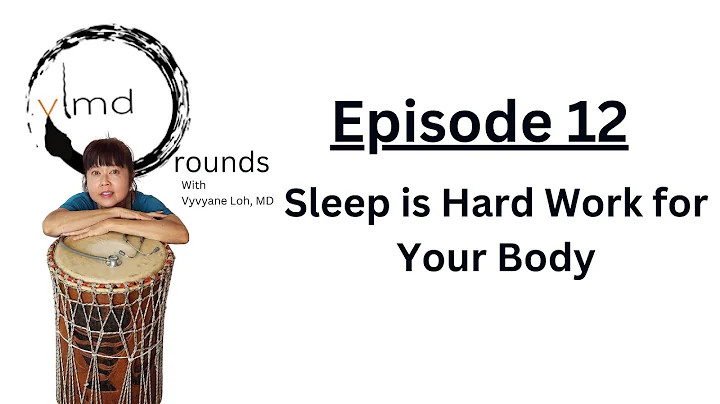
In this episode we will talk about how sleep impacts your metabolic health. What is the architecture of sleep and how is sleep asymmetric? How can we improve our sleep hygiene? We’ll discuss circadian rhythms and what to do if you have insomnia.
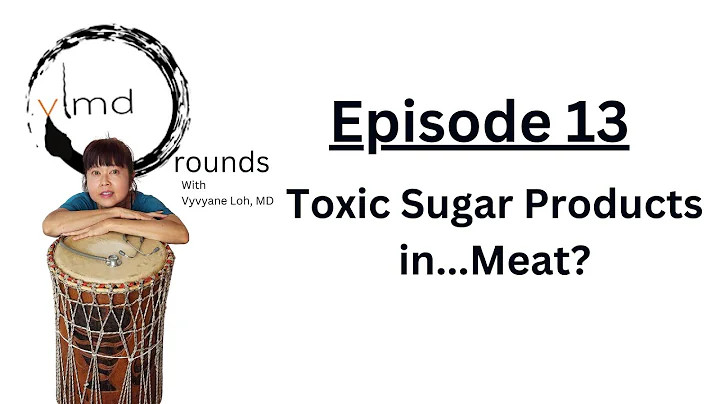
Advanced Glycation End Products (AGEs) are proteins modified by sugars to become toxic chemicals. High blood sugar increases their formation in the body to cause damage to tissues. But could eating meat (which have minimal dietary sugars) cause these dangerous products as well? Find out in this episode of vlmd rounds.
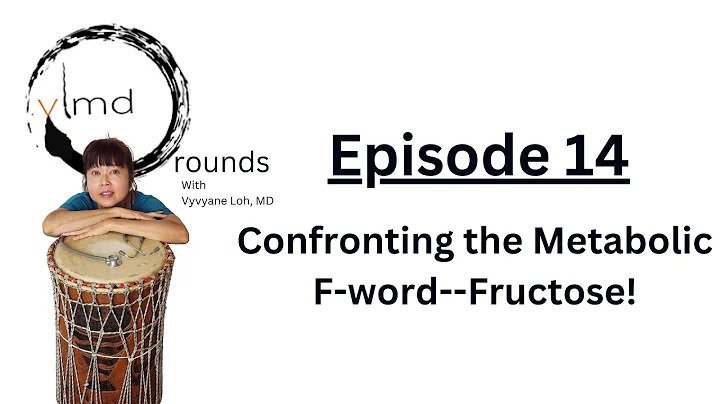
What makes Fructose metabolically different from Glucose, and how does that difference affect your body? How does Fructose affect your brain, and what is its link to a mysterious kidney disease called Mesoamerican Nephropathy? Find out in Episode 14 of vlmd rounds.
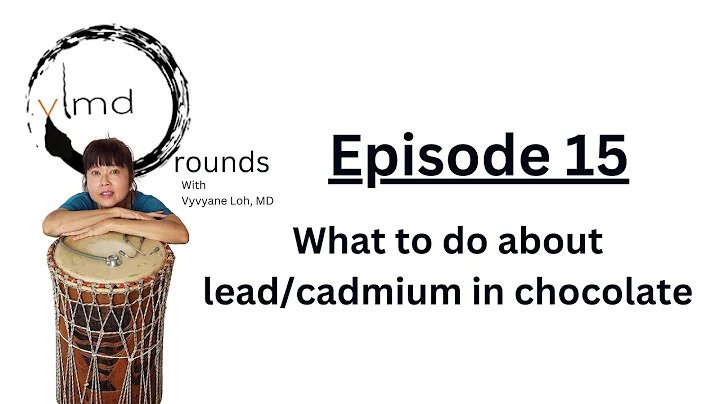
Chocolate lovers everywhere have been in mourning since Consumer Reports came out with a study showing that 20 popular chocolate brands contained high levels of lead and cadmium. Does this mean we should stop eating chocolate now? What can lead and cadmium do to your body? What other products may be contaminated? We’ll discuss all this and ways you can decrease the lead and cadmium load to your body when eating cocoa products.
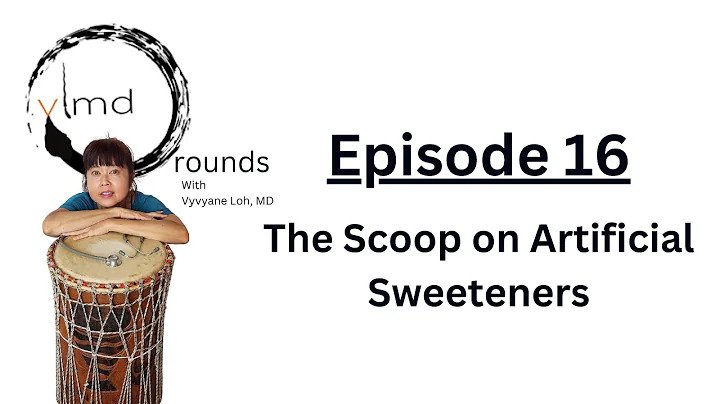
Are Artificial Sweeteners/non-nutritive sweeteners bad for you? What about studies that have shown that they can cause anxiety? How much can you consume per day? Get the scoop on this topic on Episode 16 of vlmd rounds.
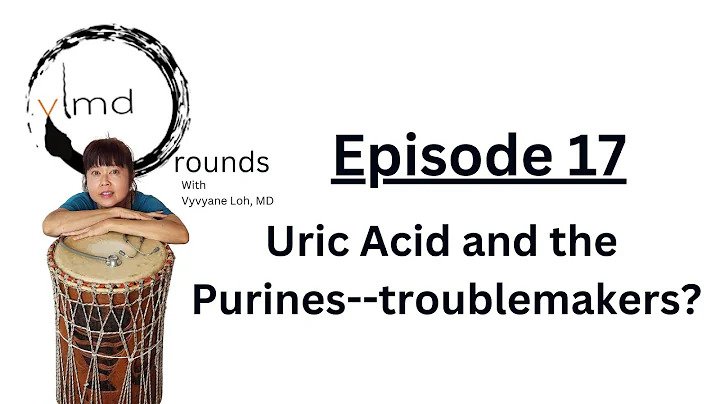
Dig into the surprising past of Uric Acid in Episode 17 of vlmd rounds. Why do we make such a toxic substance in our bodies? Why do we keep hanging on to it instead of excreting all of it? What is its role in neurodegenerative diseases? Meet the intriguing Uric Acid and discover its secrets.
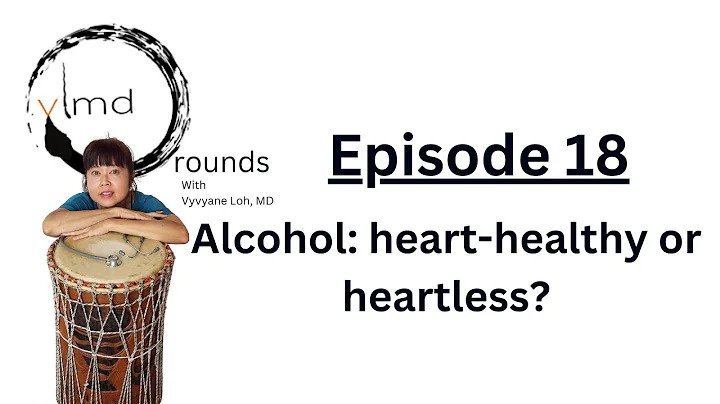
Does light drinking improve heart health? Does it help you manage your blood sugar and decrease insulin resistance? What about using fructose to speed up alcohol metabolism in your body? Separate the facts from fiction in our episode on alcohol.
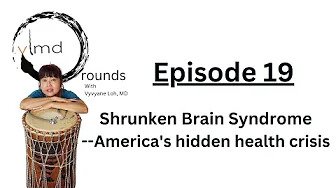
Mental health problems have been on the rise. Millennials are having strokes. Young-onset dementia is a global phenomenon. What’s going on with the brains of homo sapiens in the 21st century? Discover America’s health crisis on vlmd rounds.
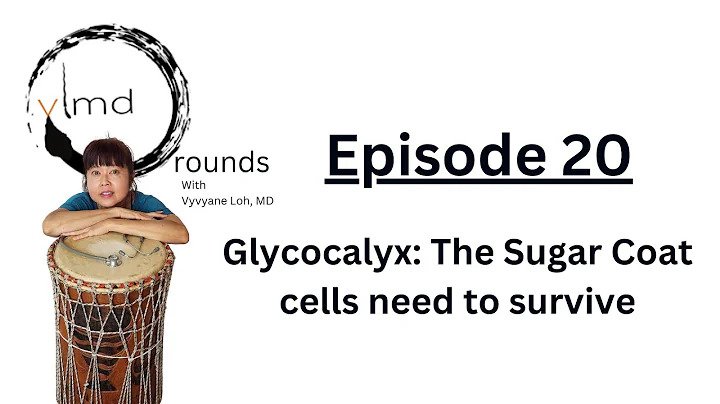
When red blood cells flow in a capillary they do not touch the sides of the blood vessel. This observation led to the discovery of the Glycocalyx which all cells need to survive. Find out the role of the Glycocalyx in cell health, in interactions with lipoproteins and how they contribute to atherosclerosis.
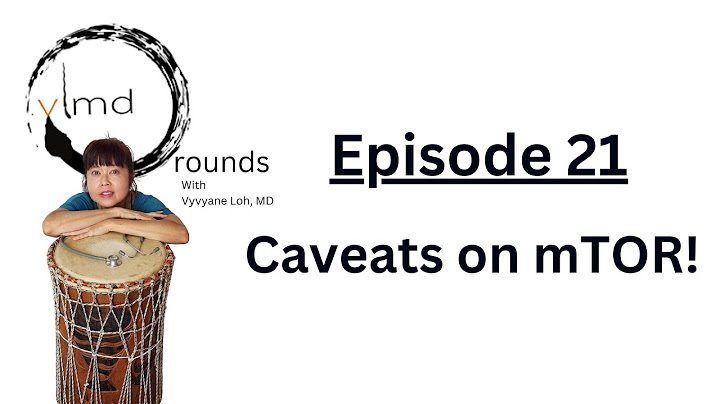
Time to talk about cell growth, so let’s bring out the “massTOR” cell growth system, mTOR! Yes, it’s important if you want to build bigger muscles and yes, it would help if you took your leucine but there’s more involved with mTOR than meets the eye. Here are some details that are often not discussed when talking about mTOR and if you stick with it to the end, I’ll even throw in cholesterol and statins (why not?)
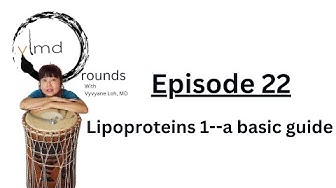
Lipoproteins are a transport system for fats in the body. Certain classes of them have been implicated in atherosclerosis. We’ll cover an overview on lipoproteins as they are commonly discussed in the medical world and also answer certain basic questions such as where small dense LDLs come from and what is oxidized in OxLDL?

White fat, brown fat, brite/beige fat, pink fat–those are the shades of fat we possess. In this episode we’ll focus on brown and brite fat and how to increase those fat depots to increase metabolic rate and insulin sensitivity. What supplements increase brown or brite fat? How long do those effects last? How does fasting affect beige fat? Find out on episode 23 of vlmd rounds
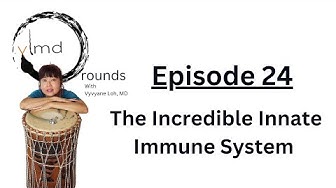
PAMPs and DAMPs, complement proteins and MAC, macrophages, Natural Killers and Interferon, MHC molecules…come get acquainted with the players in your innate immune system.
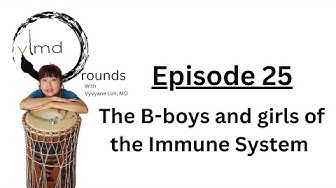
We’re breaking down the adaptive immune system in this episode by looking at B lymphocytes, how they make antibodies to diverse antigens, how they’re activated and their interaction with other immune cells. We’ll also look at the different classes of antibodies and their functions.
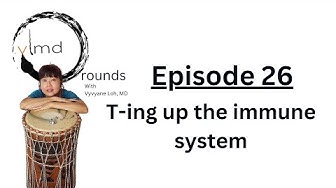
This week we’ll look at T lymphocytes and their training process (yes, they have to go to Thymus school and pass 2 very important exams!). What makes a T cells a helper cell? What makes it a killer cell? Get to the the T’s on Episode 26 of vlmd rounds .
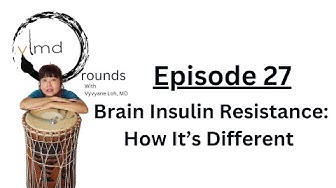
The assumption is that brain insulin resistance is the same as in the rest of the body. Before we dive into topics on neurodegenerative diseases, let’s get clear on the differences between peripheral and CNS insulin. How does insulin get into the brain? What happens at the blood brain barrier? Brain insulin could surprise you!
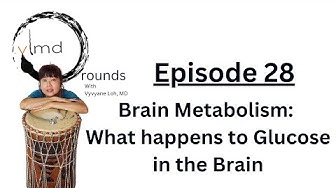
Brain Metabolism: What happens to Glucose in the Brain The Brain is only 2% of body mass and consumes over 20% of the body’s glucose. How does it handle the glucose? Why is it that neurons take up 80-90% of the total energy in the brain but don’t take up most of the glucose? How is the brain similar to muscle? Learn about Brain Metabolism and find out some of the brain’s secrets in this episode of vlmd rounds.
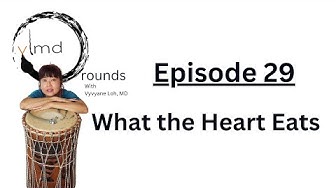
We’re looking at heart metabolism in this episode. What fuels feed the heart? Do those substrates change in insulin resistance and if so, in what way? We’ll explore the basics of cardiac metabolism in this episode.
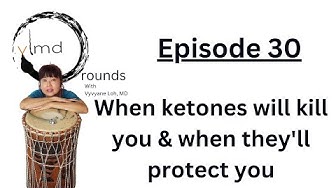
It’s important to know when ketones are good for you and when they are bad for you. What do we know about heart function on chronic ketone body exposure? What do ketones have to do with mTORC1 and v-ATPases? How did amino acids sneak into this episode??? Check out Episode 30 of vlmd rounds.
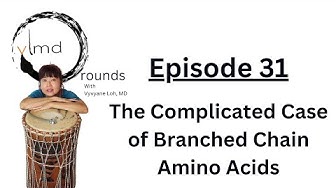
BCAAs have been implicated in obesity, insulin resistance, worsening heart failure and liver disease. Should we be cutting down on BCAAs? Are plant protein sources better for you? Why do I consider this topic a can of worms (which, incidentally, are a great source of protein and BCAAs!)? Check out this episode of vlmd rounds.
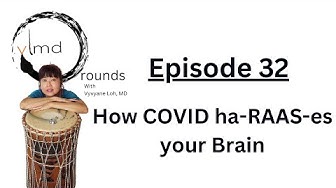
We’ll look at the Renin-Angiotensin-Aldosterone System (RAAS) and its impact on different tissues in the body with an emphasis on the brain. Find out how RAAS activation damages your body and what to do about it.
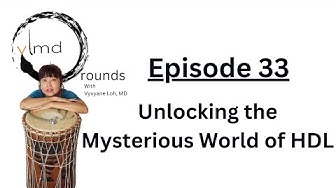
What are HDLs? Are they cardioprotective or harmful? How do statins affect them? How do they impact immune cells? Join us for this episode of vlmd rounds and learn about HDLs–the truth may surprise you.
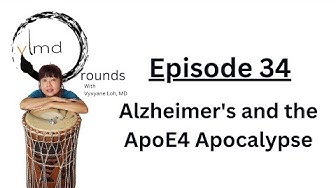
What are some factors involved in the development of Alzheimer’s Disease? ApoE4 increases the risk of AD but how? What is the difference between brain ApoE and peripheral ApoE? What’s the connection with microglia?
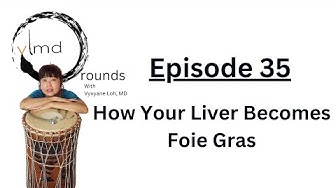
Fatty liver disease is the most common chronic liver disease globally. Who is at higher risk? How is this related to cargo exchange between the liver and fat tissue? How is this related to Vitamin A? We’ll look at lesser known facts on fatty liver disease in this episode.
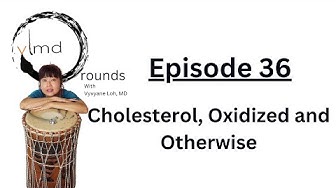
How is cholesterol metabolized? What controls its biosynthesis? What happens when it’s modified? What are the effects of oxidized cholesterol on health and disease? What about cholesterol immunometabolism? Check out this episode to learn more.
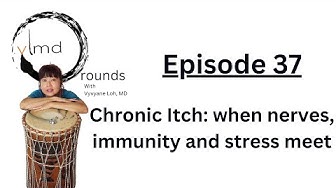
In this episode we will look at the sensation of itching and how it is perpetuated. What is the difference between an acute itch vs. chronic itch? How are skin cells, neurons and immune cells talking to each other? Why do we itch? And how does itching fit into the larger phenomena of interoception (the perception of internal signals like hunger and heartbeat)? We’ll also explore how stress can affect your skin and what you can do about it. And while this episode focuses on chronic itching, you’ll also discover surprising links to chronic cough and anosmia (loss of smell). So if you’ve lost your sense of smell from a viral infection like COVID-19, check this one out.
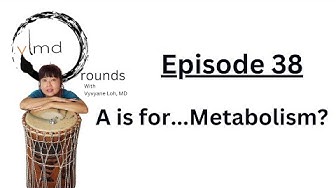
Vitamin A metabolites or retinoids are usually thought of as important for the skin and the eye, but metabolism? How do we get Vitamin A in our diet? Is beta-carotene the same as Vitamin A? (NO, but it’s important to know why). How does Vitamin A affect fat tissue? Does Vitamin A have an impact on insulin resistance? Check out this episode for the details.
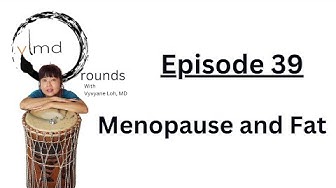
What happens to your body in menopause? Why is it so easy to gain weight and so hard to lose it after menopause? What can you do about it? This episode is for everyone who has ever asked me those questions. Learn about what happens to your fat when you hit menopause and how that impacts you metabolically. What are some of the best strategies to lose fat after menopause? Find out in episode 39 of vlmd rounds.
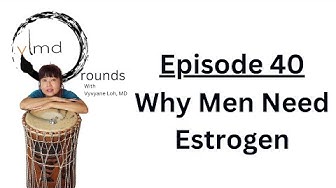
We’ve heard about the benefits of testosterone replacement for men and when we talk about aging and metabolic health, much has been made against estrogen in men. In general, estrogen has been thought of as feminizing in men, and the idea has been to get rid of its effects while strengthening androgenic effects in men. Yet it turns out that estrogen has metabolic benefits in men and women and estrogen deficits can increase cardiometabolic risks in all of us. Find out why estrogen is absolutely crucial for men’s health in this episode of vlmd rounds.
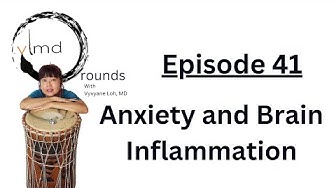
Anxiety is a distressing condition experienced by millions of people worldwide. It is generally treated with counseling and therapy, anti-anxiolytic medications to manage the symptoms and sometimes also antidepressants. However, it is becoming increasingly clear that anxiety is associated with neuroinflammation. We’ll look at the changes in the brain with anxiety as well as different models of anxiety. How does chronic stress play a role in this? We’ll also discuss ways to decrease inflammation in the brain.

Ginger has been around for thousands of years as a spice and a medicinal herb in many cultures. Are its touted effects real or wishful thinking? How does ginger impact your brain? What about fat? How should you consume ginger and which forms have more efficacy? Will ginger make you lose weight? Check out this episode for the details.
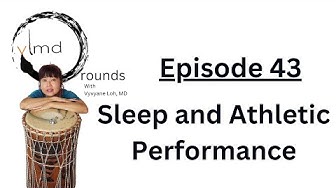
What are the sleep patterns of elite athletes? How does sleep affect our athletic performance? How can we manage our sleep and training schedules? How much sleep do athletes need? How does altitude training impact sleep? What does brainwashing have to do with sleep? If you’re an elite athlete or someone looking to optimize your athletic performance, check out this episode and let me know your thoughts.
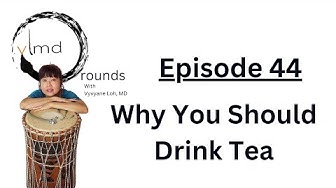
Tea is full of bioactive molecules that have medicinal properties. What are some of the health effects of tea? Are there differences between green, black and fermented tea? How should you prepare it so that it preserves its healing effects? Learn more about my favorite drink in this episode of vlmd rounds!
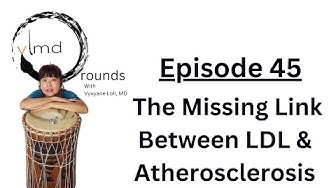
LDL-cholesterol–usually cast as the villain in the disease process of atherosclerosis. But is cholesterol the main problem? Why does your doctor want to lower the level of LDL as much as possible? Then there are others who say that high LDL levels are not the problem, it’s mainly inflammation we should worry about. Just lower your inflammation and you should be fine. This episode will discuss the link between LDL, atherosclerosis/heart disease and inflammation. This is the MISSING LINK that has been right in front of our eyes. Make sure you don’t miss this episode.
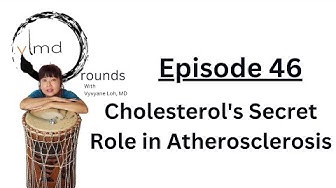
Cholesterol is often considered the troublemaker in atherosclerosis. The medical world vilifies it and with some medications, aims to drive it to the brink of extinction in your body! Although not the inciting event in atherosclerosis, it does have an important role in the disease process and that’s the main topic in this episode. I’ll reveal “secrets” or rarely discussed aspects of cholesterol metabolism and how that may contribute to atherosclerosis. As usual, all is not quite what it seems in the marvelous complexity of the human body.Let me know what you think in the comments.
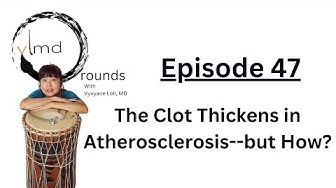
This episode is based on a request by a listener to address Dr. Malcolm Kendrick’s hypothesis on the clot as the underlying initiator of atherosclerosis which he proposed in his book, The Clot Thickens. Based on his observations, Dr. Kendrick talks about atherosclerosis as a blood disorder from increased clotting due to damage to the blood vessel lining. My points in this episode clarify the immune science of atherosclerosis and blood clotting, and delve into the significance and role of platelets in the disease process.
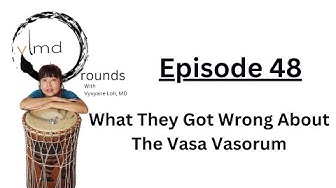
I’ve been asked so many times about which end of the blood vessel allows entry of LDL particles that I’ve decided to address the question in this episode. One of the reasons there is so much confusion around discussion of the vasa vasorum is that we only focus on 1 tiny aspect of it and not the whole picture. All that missing information leads to confusion, “fuzzy talk” about the vasa vasorum and the pathogenesis of atherosclerosis. I’ve decided to do 2 episodes on the topic and in this 1st part, we’ll just look at the full description of the vasa vasorum–its structure and organization. We’ll also look at what is happening at the luminal side to clarify the ‘back door’ vs. ‘front door’ issue. And then I’ll reveal the true significance of the vasa vasorum in part 2.
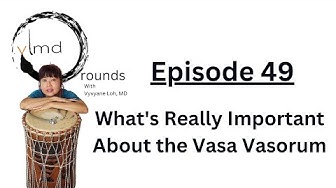
Continuing on my discussion from episode 48, I lay out the real significance of the Vasa Vasorum. What is it about the vasa vasorum that plays into Atherosclerosis as an autoimmune disease? What’s the real difference between the vasa vasorum of veins vs arteries?
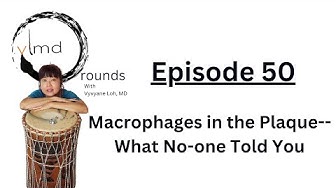
Learn about the role of macrophages in atherosclerosis. Where do they really come from? How do they contribute to the plaque? How are they driving the immune reaction? What’s the relation between macrophages and T cells? We’ll also look at vascular inflammation in the form of autoimmune vasculitis and note the similarities with atherosclerosis.
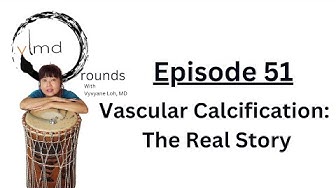
We’ll discuss the general process of vascular calcification and some common risk factors for this. How do smooth muscle cells in the blood vessel wall contribute to the process? And what about macrophages? How do statins affect calcification? What about CAC-scores? What would happen if you have a low score and started taking a statin? Which calcified plaques are at highest risk for rupture? Find out in this episode of vlmd rounds.
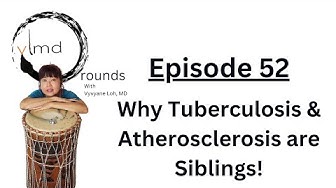
You can learn a lot about someone if you know their family members. That’s why we’re looking at Tuberculosis in this episode. 1.8 billion of the world’s population has been infected by TB. Most of them have latent infection. 10.6 million had active infection in 2021. This common infectious disease has many similarities to atherosclerosis and we could learn a lot about plaque formation by looking at TB.
